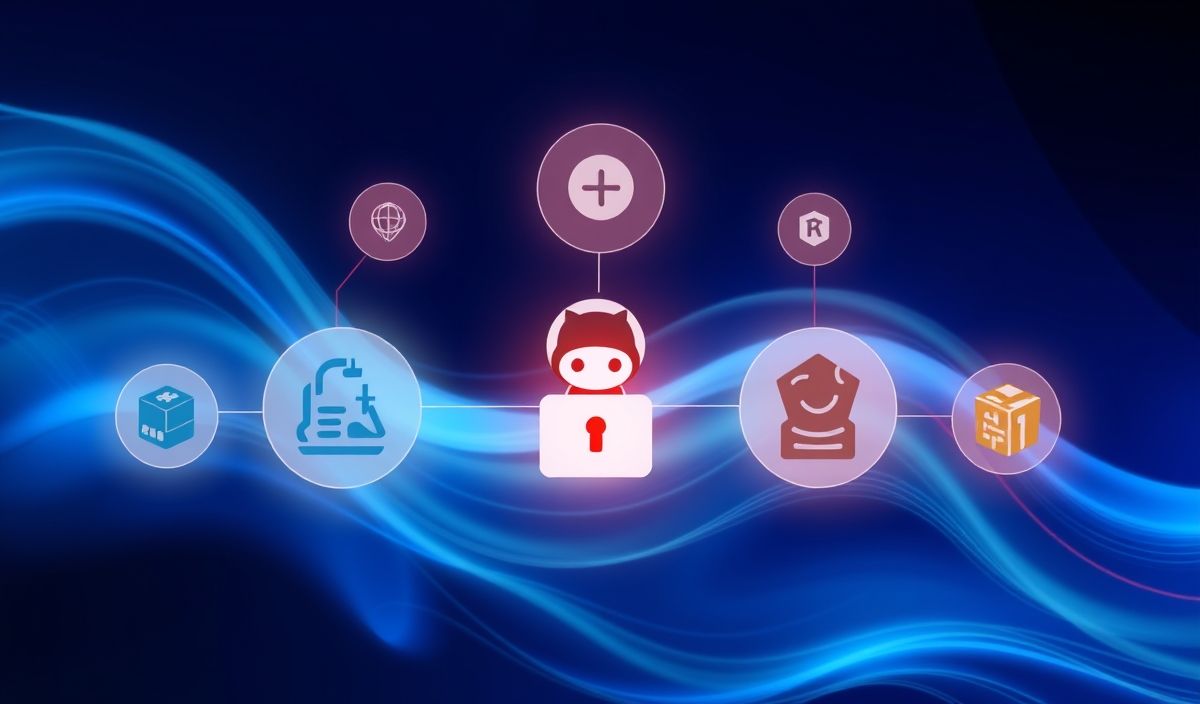Introduction to Cassandra Driver
The Cassandra Driver is a powerful tool that enables developers to interact with Apache Cassandra databases. It offers a variety of APIs to perform database operations effectively and efficiently. In this guide, we will explore some of the essential APIs provided by the Cassandra Driver, complete with code snippets and a comprehensive application example to help you understand their usage.
Connecting to Cassandra
from cassandra.cluster import Cluster cluster = Cluster(['127.0.0.1']) session = cluster.connect()
This snippet establishes a connection to a Cassandra cluster running on the local machine.
Creating a Keyspace
session.execute("""
CREATE KEYSPACE IF NOT EXISTS mykeyspace
WITH REPLICATION = { 'class' : 'SimpleStrategy', 'replication_factor' : 3 }
""")
This code creates a keyspace named mykeyspace with a replication factor of 3.
Creating a Table
session.execute("""
CREATE TABLE mykeyspace.users (
user_id uuid PRIMARY KEY,
username text,
email text
)
""")
This snippet creates a table named users in the mykeyspace keyspace.
Inserting Data
from uuid import uuid4
session.execute("""
INSERT INTO mykeyspace.users (user_id, username, email)
VALUES (%s, %s, %s)
""", (uuid4(), 'alice', 'alice@example.com'))
Inserts a new user record into the users table.
Querying Data
rows = session.execute("SELECT * FROM mykeyspace.users")
for row in rows:
print(row.username, row.email)
This snippet retrieves and prints all records from the users table.
Updating Data
session.execute("""
UPDATE mykeyspace.users
SET email = %s
WHERE user_id = %s
""", ('alice_new@example.com', user_id))
This snippet updates the email address for a specific user.
Deleting Data
session.execute("""
DELETE FROM mykeyspace.users
WHERE user_id = %s
""", (user_id,))
This snippet deletes a user record from the users table.
Full Application Example
from cassandra.cluster import Cluster
from uuid import uuid4
# Connect to the cluster
cluster = Cluster(['127.0.0.1'])
session = cluster.connect()
# Create keyspace and table
session.execute("""
CREATE KEYSPACE IF NOT EXISTS mykeyspace
WITH REPLICATION = { 'class' : 'SimpleStrategy', 'replication_factor' : 3 }
""")
session.execute("""
CREATE TABLE IF NOT EXISTS mykeyspace.users (
user_id uuid PRIMARY KEY,
username text,
email text
)
""")
# Insert data
session.execute("""
INSERT INTO mykeyspace.users (user_id, username, email)
VALUES (%s, %s, %s)
""", (uuid4(), 'alice', 'alice@example.com'))
# Query data
rows = session.execute("SELECT * FROM mykeyspace.users")
for row in rows:
print(row.username, row.email)
# Update data
session.execute("""
UPDATE mykeyspace.users
SET email = %s
WHERE user_id = %s
""", ('alice_new@example.com', user_id))
# Delete data
session.execute("""
DELETE FROM mykeyspace.users
WHERE user_id = %s
""", (user_id,))
This full application example demonstrates how to connect to a Cassandra cluster, create a keyspace and table, insert, query, update, and delete data using the Cassandra Driver.
By understanding and leveraging these APIs, you can effectively manage your Cassandra databases and build robust applications that interact with Cassandra seamlessly.
Hash: 3c13ef10c3b2753d32d8b5f6bb8d6da3d043e3850a05eb351527f5f329735759




